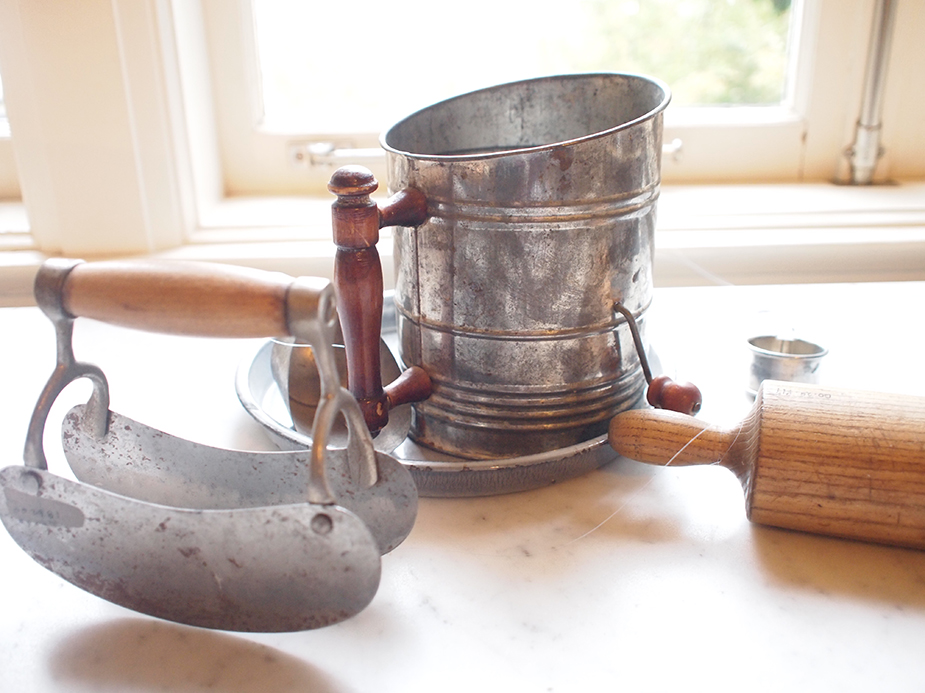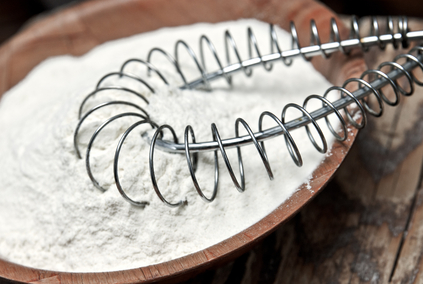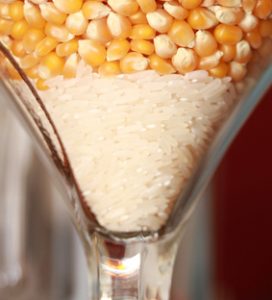To start, let me just say, being gluten-free is no snack at the beach. It’s time-consuming, expensive, and a general pain. But, for many of us, it’s a necessity of life. I decided to eat gluten-free about a year and a half ago, after nearly a decade of misery that was quickly leading me to hate food. When I finally switched to a gluten-free diet, I realized just how much I was consuming, and why I was miserable all of the time. Gluten is like a little mouse in your house, hiding in the tiniest, most unassuming places, so if you have decided to change your lifestyle and rid yourself of this persistent pest, here is a list of what to buy, and what to watch out for.
Flour
- Finding the right flour blend is more of a science than baking itself. The key ingredient in any is Xantham Gum, which is a stabilizer that closely mimics the gluten in regular wheat flour. It is also important to find blends with more alternative flours than rice, potato, or corn. Arrowroot, millet, flax, and teff flours have more fiber, thus are better overall for your health.
-
Some of my favorite brands are Namaste, Better Batter, and Maninis.
- Flour blends can be used for basic baking, breading, or deep frying.
Side note: for a breading substitute, try crushed Rice Chex® cereal.
Pasta
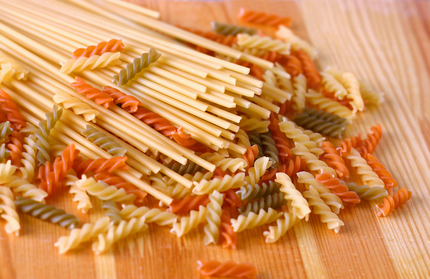 In order to keep my sanity during the transition, I found it necessary to find at least one good pasta that I could fall back to when I found myself craving the Italian life. By far, the best brand I have found is Schar. An import from Italy, I can’t tell the difference between this and semolina pasta. Being gluten free does not mean going without.
In order to keep my sanity during the transition, I found it necessary to find at least one good pasta that I could fall back to when I found myself craving the Italian life. By far, the best brand I have found is Schar. An import from Italy, I can’t tell the difference between this and semolina pasta. Being gluten free does not mean going without.
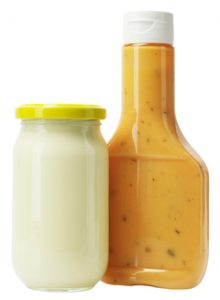 Condiments and Helpers
Condiments and Helpers
As I mentioned earlier, gluten hides in unassuming foods. Soy sauce, baking powder, and mayonnaise are some of these with which you may not immediately think, “gluten!”, but very commonly laced with the stuff. Also watch for it in barbecue sauce, dressings, and seasoning blends and packets.
Read Labels!
- Recently, the USDA has been better about requiring allergen warnings on labels. More and more I am seeing wheat allergy warnings listed on some of the strangest things, like Doritos or flavored potato chips. Pringles are a huge culprit. I mean, they’re just potatoes, right? Wrong. Read your labels. Think tomato soup is safe because it’s just tomatoes and milk? Wrong. Read your labels.
- Some nefarious ingredients to watch for are modified food starch, malt, maltodextrin, hydrolyzed proteins, or really anything “artificial”, as these can be manufactured from barley.
Basic grains/starches to stock up on
- Rice, quinoa, corn, potatoes, and tapioca. For oats, read the label and make sure it’s gluten-free. Some oats are manufactured on the same machinery as wheat grains, so cross contamination can make you sick.
- Also, if you find yourself missing the starch on your plate, and you don’t also have a nut allergy, try adding nuts to your vegetable side dishes. Best choices are walnuts, pecans, and almonds, but the choice is almost limitless when you also consider legumes, seeds, or coconut.
- These work equally as well as pie or tart crusts, just add a bit of butter, press into the pan, and top with your favorite pie filling.
- Those in which to avoid: wheat, barley, rye, bulgar, couscous, farina, seitan.
My best advice is to do your due diligence, and research the heck out of your condition, and again, READ LABELS! Also, common sense goes a long way. Avoid white sandwich bread, canned pasta dishes, gravies, crackers and cookies. You know, those things that we all fall back on as go-to convenience food. Unfortunately, being gluten-free isn’t convenient, but you will be better for it in the long run.

